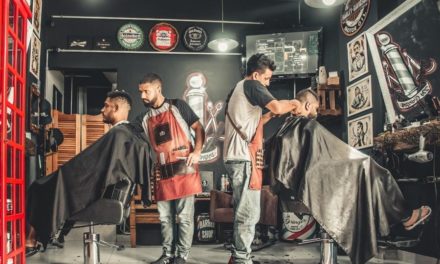When it comes to hair transplants, timing is everything. This procedure, transformative for many, requires careful planning not only in terms of selecting the right surgeon but also in choosing the optimal time for undergoing the surgery.
Here, we delve deeper into the considerations that men should weigh before scheduling a hair transplant, ensuring the best outcomes.
1. Understanding Hair Loss
Hair loss, particularly androgenetic alopecia, which is common in men, often follows a predictable pattern. This type of hair loss begins with thinning at the temples and crown and progresses over time. Before considering a hair transplant, it is essential to assess the nature and extent of your hair loss.
A stable pattern is crucial because it helps predict how the loss will continue, which is vital for planning an effective transplant strategy.
Men considering a hair transplant should consult a hair loss specialist to understand their type of hair loss and its progression stage.
Tools like hair density scans and trichoscopy gauge how much your hair has thinned and predict further loss.
This information is crucial because a transplant performed during unstable hair loss might yield results that are less than satisfactory as balding continues post-surgery.
Once the pattern and progression of hair loss are established, the timing for a hair transplant becomes clearer.
It is generally advisable to wait until the hair loss pattern stabilizes, which often occurs when a man reaches his late 20s or early 30s.
Undertaking the procedure when hair loss is still in its active phase can lead to uneven hair growth and the need for additional procedures later on, making early intervention less desirable.
2. Age Considerations When Considering a Hair Transplant
Age plays a significant role in determining the right time for a hair transplant. While hair transplants can be performed on adults of any age, those in their 30s to 50s are often ideal candidates.
At this stage, hair loss tends to stabilize, which allows for a more predictable restoration outcome.
Moreover, the scalp and hair follicles are generally healthier in younger patients, which can contribute to more successful transplantation and robust hair growth.
Dr. Ross Kopelman a hair surgeon from Kopelman Hair Restoration highlights that while younger individuals might be eager to address hair loss early, waiting until they are slightly older can be beneficial.
A more mature scalp has a more definite loss pattern, which helps in creating a long-lasting hairline.
Additionally, older patients tend to have more realistic expectations about the results and can better handle the post-operative care required.
Furthermore, as individuals age, they often become more financially stable and better able to afford the costs associated with a high-quality hair transplant.
This financial readiness should not be underestimated, as it also influences the timing and decision-making process, ensuring that the patient can opt for the best possible treatment without undue economic strain.
3. Best Time of Year for a Hair Transplant
Choosing the right season for undergoing a hair transplant can significantly affect the comfort and ease of recovery.
Dr. Kopelman suggests that the cooler months of fall and winter are the most suitable times for this procedure.
During these seasons, the lower levels of sunlight and cooler weather can help in managing the healing process more effectively, reducing the risk of complications associated with sun exposure.
Recovery from a hair transplant during cooler weather also means that patients can wear hats more comfortably, which can conceal the immediate effects of the surgery like swelling or scabbing.
This can make the recovery period less conspicuous, which is often a concern for many men.
Additionally, staying indoors and avoiding strenuous activities is easier during the winter months, which aligns well with post-operative care recommendations.
Moreover, planning the procedure during these months might coincide with holiday breaks, providing a perfect opportunity to take time off work for recovery without drawing much attention.
The relaxed environment and the ability to recover at home during the holidays can contribute significantly to a stress-free healing process.
Choosing the optimal time for a hair transplant is critical and depends on multiple factors including the progression of hair loss, the patient’s age, and even seasonal preferences.
By considering these aspects, men can maximize their chances for a successful hair transplant.















